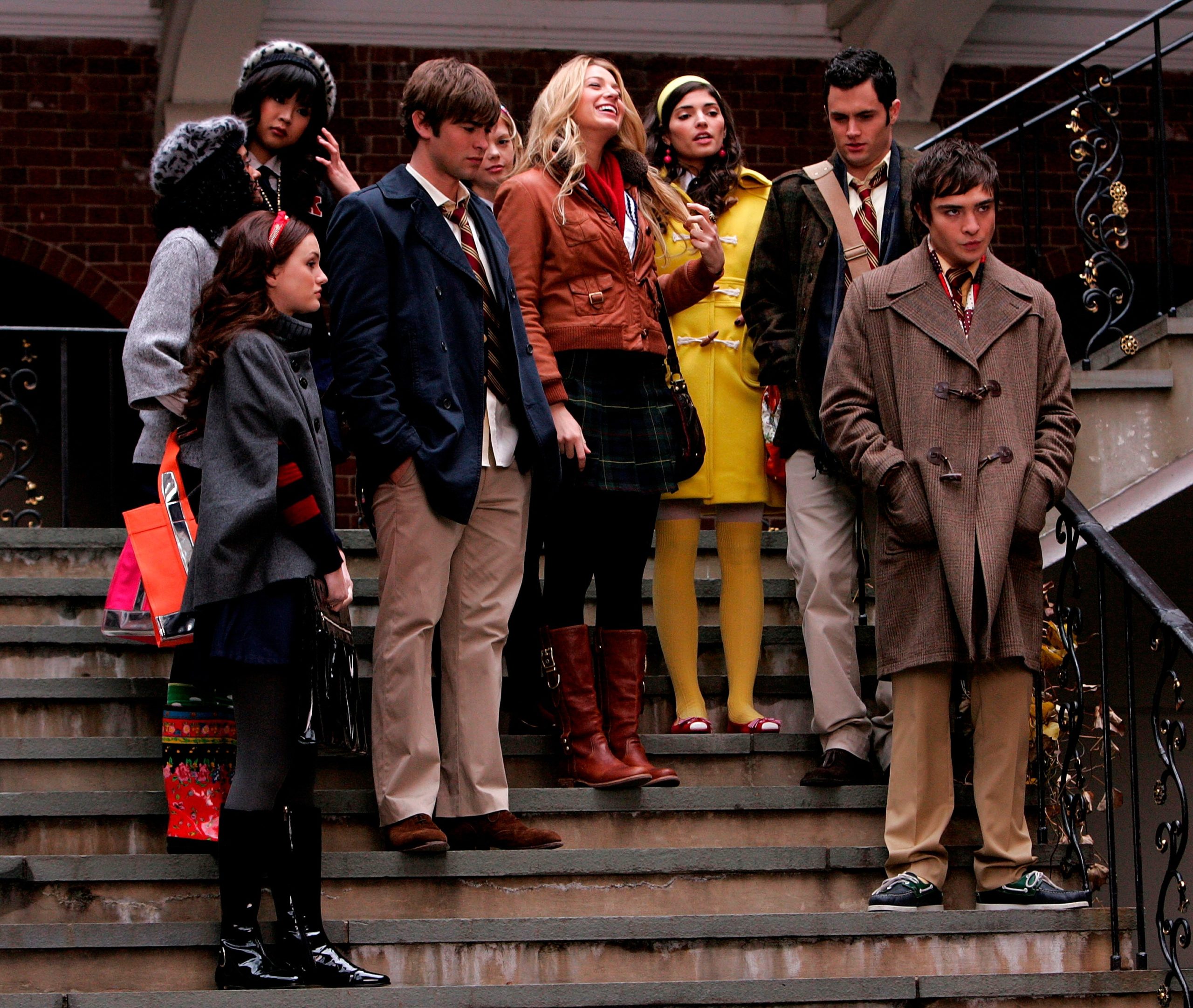Photo by James Devaney / Vogue.
It’s no secret that teen dramas are a major staple in popular culture, launching the careers of nearly every big name in Hollywood.
It seems like everyone has a favorite teen drama no matter their age, as viewers eagerly would watch the many ways 14–18-year-old children battle with high school hierarchy, maintaining a love and social life while balancing their academics — even though they’re rarely in class and occasionally fighting some mythical creatures along the way.
From 90s shows like Dawson’s Creek, 90210, and Buffy the Vampire Slayer to early 2000’s hits One Tree Hill, The O.C., and Gossip Girl and the 2010s teen drama renaissance that occurred when Pretty Little Liars, Teen Wolf, and The Vampire Diaries were simultaneously on the air, there’s a teen drama that caters to just about anyone. But what happened to this beloved genre and how did it evolve into what it is today?

Over the years, TV show creators, writers and producers have tried to figure out the perfect formula for teen dramas that will remain timeless, and while the inclusion of an epic love story, friend group and family figures are all great, one of the most important components is consistently highlighting the teen protagonists’ emotions.
Teenagers’ emotional experiences occur in more extreme ways due to their changing hormones, struggle with self-acceptance, and the additional pressures that come with the transition into adulthood.
As these emotions are heightened, more dramatic conversations and events happen that ultimately make for entertaining television. The budding cynicism combined with underlying optimism is something that no other age group has, which is precisely why this subgenre of television is still one of the most popular.
Teen dramas have always tackled difficult issues, such as mental illness, bullying, teen pregnancy, financial distress, academic pressure, drug abuse, body image, sexual harassment/assault, and familial loss, but the way these topics have been discussed has changed over the years.
Modern shows like 13 Reasons Why and Euphoria highlight what it’s like to grow up in the age of social media with increased body image issues due to social media and cyberbullying, while also including more LGBT+ characters coming to terms with their sexuality.
Shows like Dawson’s Creek, Glee, and Pretty Little Liars have paved the way for LGBT+ people to become main characters, with the former airing the first primetime television episode that featured a kiss between two gay characters and the latter two shows being among the first popular teen shows that featured lesbians who were also women of color.
While teen shows of the past discussed these topics in a way that let viewers know there was a lesson to be learned by the end of the episode and still appearing realistic in terms of dialogue and reaction, teen dramas of the present are a bit more explicit in their approach and include some unrealistic dialogue or situations.
From accidentally sending a text to the whole school to saying the word “hits” instead of “views,” it seems like modern teen dramas miss the mark in a crucial way that prevents them from going down in the hall of fame like their highly regarded predecessors.
While teen dramas from different decades are still growing in popularity among newer audiences, many current shows are reboots of popular franchises.

CW murder mystery/musical/supernatural show Riverdale is a modern take on the beloved Archie Comics characters; the Nancy Drew series is a darker adaptation of the beloved book series of the same name; HBO Max’s Gossip Girl (2021) features a new, more diverse group of Upper East Siders inspired by its 2007 predecessor of the same name; and there have been more Pretty Little Liars reboots than you can count on one hand.
Teen dramas of the past typically focused on varying teen emotions and the protagonists’ approach to topics, but modern shows have a similar approach with one additional commonality: the emphasis on a murder mystery.
It seems like every show these days is tied to a murder subplot, but the heightened pressures in teen dramas continuously increase the stakes for the characters and leave viewers at the edge of their seats.
Netflix’s smash hit Outer Banks combines the aesthetic and free-spirited nature of the summer season with the intrigue and suspense of a murder mystery.
With crime shows and podcasts quickly gaining popularity especially during the pandemic, it only makes sense for teen dramas to follow suit to remain a pop culture staple.
So, when will we witness the next monumental change to the teen drama genre?
Well, I don’t want to wait to find out.


